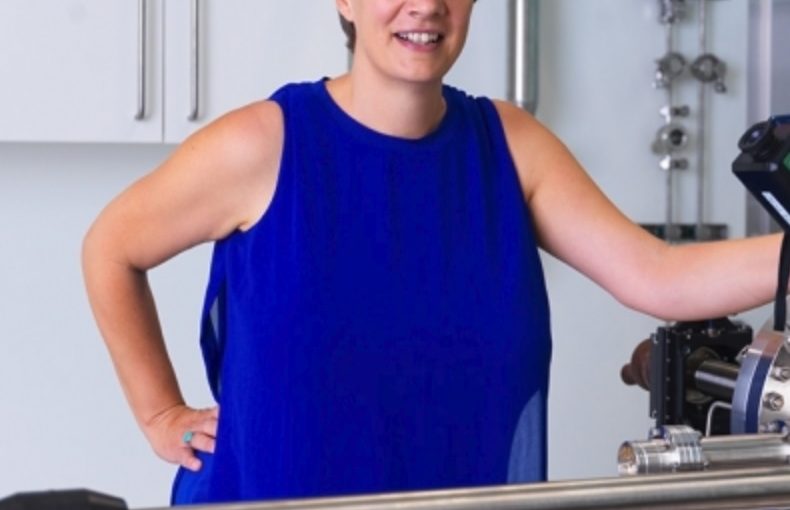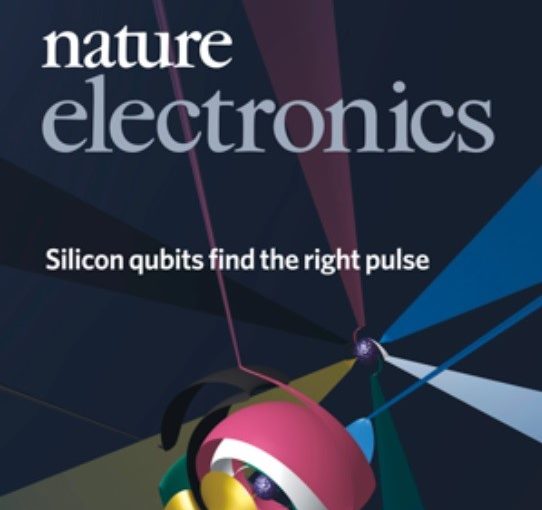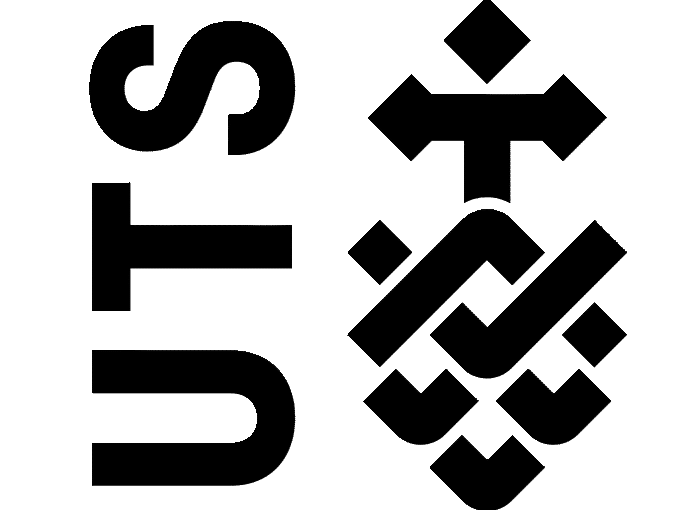Dr Ian Griffiths has been appointed as the Chief Executive Officer of the Australian National Fabrication Facility (ANFF), commencing this quarter. The decision was announced by ANFF’s Chairman and Board on 8 July 2019, following an extensive fourmonth search.
Dr Griffiths is currently CEO of Wound Innovations Pty Ltd, a spinout from the Wound Management Innovation Cooperative Research Centre of which he was Director and CEO. Over an extensive career in Australia and the UK he has successfully established companies based on new technologies and worked with universities, industry and government in fostering high-end research and innovation.
As CEO of ANFF, Dr Griffiths will provide leadership and oversight to the eight ANFF nodes that are spread across Australia. Based primarily in Brisbane, QLD, Dr Griffiths will work with the ANFF team to ensure that ANFF and the 500+ micro and nanofabrication capabilities in its open access portfolio continue to enable ground-breaking research.
Discussing his new role, Dr Ian Griffiths said: “I am delighted and honoured to be chosen as the CEO for ANFF. Having met and discussed ANFF with node directors and the Governing Board I can see enormous potential for the organisation and its importance as a National resource. I hope to be able to build on the solid work that has been undertaken so far.”
Commenting on the appointment, ANFF’s Chairman, Emeritus Professor Chris Fell AM said: “Ian was chosen after a wide search and will bring to ANFF extensive experience in advanced manufacturing, including the development of novel materials, nano-lithography, ion deposition, a range of laser-based processing technologies and fabrication of medical devices.
“In particular, Ian’s expertise in fabrication and advanced manufacturing will enhance ANFF’s ability to improve the technological readiness level of the projects it supports and aid in capturing the benefits of Australia’s world-class research in nano- and micro-technology.”
ANFF supports the R&D activities of 3,000 Australian researchers drawn from universities, CSIRO and industry. It was established by and is supported under the Australian Government’s National Collaborative Research Infrastructure Strategy and has eight nodes around Australia that support activities ranging from quantum computing through to medical prosthetics and devices, sensors, photonic communication technology and advanced materials. It enables the development of prototypes and advanced manufacturing processes










